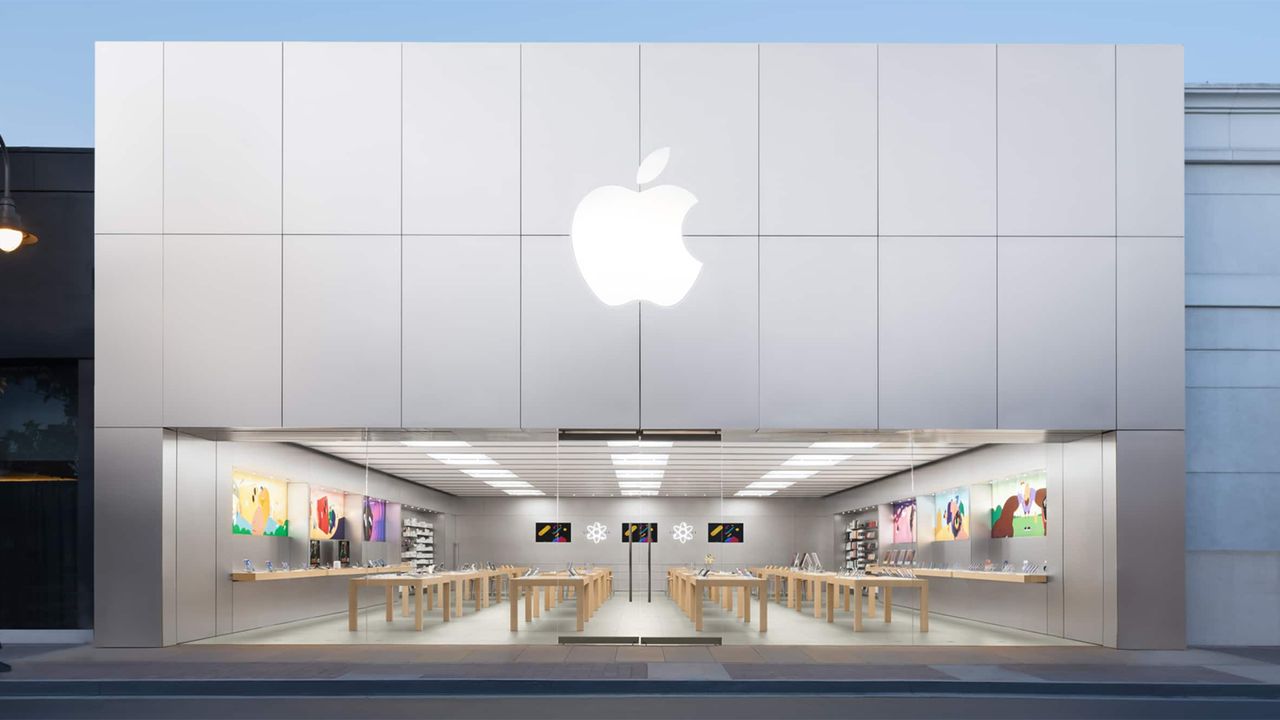The moons that orbit Uranus are already known to have unusual characteristics: some are heavily cratered, others have tectonic features or a patchwork of ridges and cliffs. Using the Hubble space telescope, scientists took a closer look at the surface of Uranus’s four largest moons and discovered something rather unexpected.
For the study, a team of astronomers went searching for signs of interactions between Uranus’s magnetic field and its four largest moons: Ariel, Umbriel, Titania, and Oberon. The moons, all named after characters from the works of William Shakespeare, are all tidally locked. That means one side of the moon, the leading side, is always facing the planet, while the other one, the trailing side, always facing away from Uranus. Scientists had long assumed that the leading side would be brighter, while the trailing side would appear darker. Instead, they found it to be quite the opposite, discovering clear evidence for the darkening of the leading sides of the outer moons.

The findings, presented this week at the 246th American Astronomical Society meeting, held in Anchorage, Alaska, indicate that Uranus’ magnetosphere might not interact much with its large moons, despite previous data suggesting otherwise.
“Uranus is weird, so it’s always been uncertain how much the magnetic field actually interacts with its satellites,” Richard Cartwright, a researcher at the Johns Hopkins University’s Applied Physics Laboratory, and principal investigator behind the new study, said in a statement.
The ice giant is indeed a certified weirdo. Uranus is tilted 98 degrees, making it the only planet in the solar system with an equator nearly at a right angle to its orbit. A single day on Uranus is around 17 hours, the amount of time it takes for the planet to rotate on its axis. The planet completes one orbit around the Sun every 84 Earth years. “At the time of the Voyager 2 flyby [in 1986]the magnetosphere of Uranus was tilted by about 59 degrees from the orbital plane of the satellites,” Cartwright explained. “So, there’s an additional tilt to the magnetic field.”
Uranus and its magnetic field lines rotate faster than its moons orbit the planet, causing the magnetic field lines to constantly sweep past the moons. As a result, scientists believed that charged particles from the planet’s magnetic field, or magnetosphere, should hit the surface of the trailing sides of the moons. Those charged particles would accumulate on the moons’ trailing sides, scattering radiation and thereby making them appear darker on the side that’s facing away from Uranus.
Using Hubble’s ultraviolet capabilities, the scientists behind the study found that the leading and trailing hemispheres of Ariel and Umbriel are actually very similar in brightness. For Titania and Oberon, it was the opposite of what they expected. The leading hemispheres of the two outer moons were darker and redder compared to their trailing hemispheres.
The team of scientists came up with an explanation for the strange phenomenon. Uranus’s irregular moons, small distant bodies with eccentric orbits, are constantly being hit by micrometeorites and ejecting some of that material into orbit around the planet. Over millions of years, that material moves inward toward the orbits of Titania and Oberon.
As the moons orbit Uranus, they pick up the dust “much like bugs hitting the windshield of your car as you drive down a highway,” according to a statement by the Space Telescope Science Institute. All that build-up might be what’s causing Titania and Oberon to appear darker and redder. “So that supports a different explanation,” Cartwright said. “That’s dust collection. I didn’t even expect to get into that hypothesis, but you know, data always surprise you.”
As for the two other moons, Ariel and Umbriel, it may be that Uranus’s magnetosphere does interact with them but not in a way that’s resulting in a bright and dark side. The recent discovery adds more mystery to Uranus and its system.







